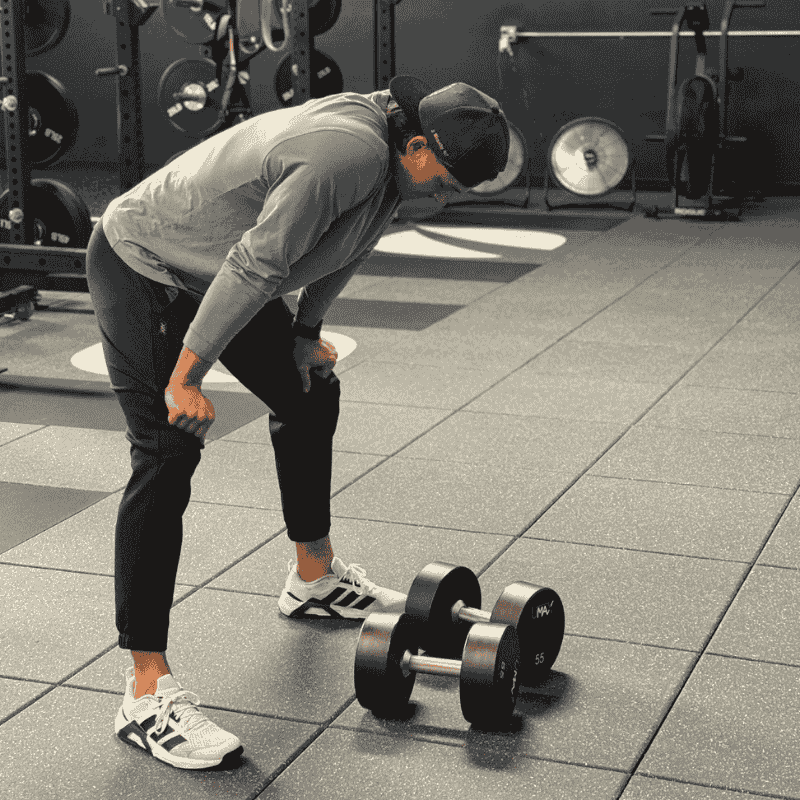What Is BFR Training?
Blood Flow Restriction (BFR) training is a method where a specialized cuff or band is applied around the upper arm or upper leg to partially restrict blood flow while exercising. Unlike ischemic preconditioning (IPC), which is done at rest before or after training, BFR is performed during exercise.
By reducing venous blood return (blood leaving the muscle) while still allowing some arterial inflow (blood entering the muscle), BFR creates a localized hypoxic environment. This makes the muscle fatigue faster and stimulates adaptations usually seen with heavy lifting even though the load is light (Patterson 2019; Slysz 2016).
How Does It Work?
When you perform low-load resistance training (20–30% of your 1RM) with BFR cuffs:
- Metabolic stress increases → more lactate, hydrogen ions, and metabolites accumulate.
- Muscle fibers recruit faster → even Type II (fast-twitch) fibers are activated at lighter loads.
- Cell swelling & anabolic signaling occur → triggering pathways like mTOR for muscle growth.
- Hormonal responses increase → spikes in growth hormone and IGF-1 have been observed (Loenneke 2012).
Why Use BFR?
- Rehab & Return to Sport: Allows strength gains at low loads, reducing joint stress, which is ideal for athletes recovering from injury (Hughes 2017).
- Hypertrophy & Strength: Stimulates growth comparable to traditional high-intensity training but with lighter weights (Lixandrao 2018).
- Endurance Benefits: Can improve muscle oxidative capacity and endurance at low intensities (Slysz 2016).
How to Carry Out BFR Training (Safely)
- Equipment: Use calibrated pneumatic cuffs if possible (elastic bands are common but less precise).
- Placement: High on the limb (upper arm or thigh).
- Pressure: 40–80% of limb occlusion pressure (LOP) for safety and effectiveness (Patterson 2019).
- Load: 20–30% of 1RM for resistance training; light walking or cycling for aerobic work.
- Commonly Used Protocol:
- Resistance: 30 reps (set 1) → 15 reps (sets 2–4), 30–60s rest.
- Aerobic: 15–20 min cycling/walking with cuffs applied.
- Resistance: 30 reps (set 1) → 15 reps (sets 2–4), 30–60s rest.
Risks and Precautions
BFR is safe when done correctly under supervision, but it is not recommended for those with vascular disease, uncontrolled hypertension, clotting disorders, or pregnancy (Patterson 2019). Always seek guidance from a trained professional.
Key Takeaways
- BFR = low load + restricted blood flow → big results with less stress.
- It’s backed by research for rehab, hypertrophy, and endurance.
- Proper cuff use, placement, and pressure are essential for safety.
- At SOVRN Performance Lab, we integrate BFR for return-to-sport athletes and those seeking strength gains with reduced joint strain.

.png)

.jpg)
